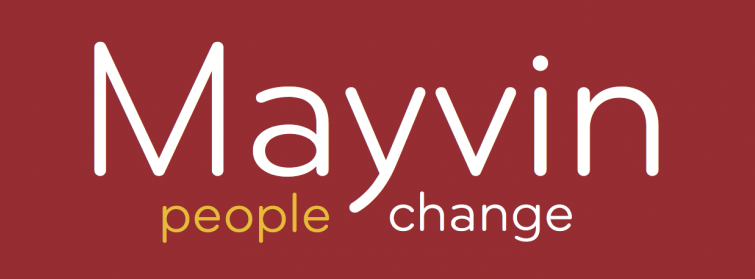OD consultant Diane Moody, one of the pioneers of Customer Centric OD with Mayvin, shares three simple approaches to bringing customer centricity to life in your organisation.
Our recent community event at John Lewis on Customer-centric OD generated lively and intense discussion about what it means to act with a truly customer-first approach. So what’s the best way of getting started with this? Here are some suggestions.
It’s not surprising that customer-centricity is a dominant theme across business strategy as the internet drives new consumer behaviours, and social media provides powerful platforms to influence business reputation. The customer really is the boss of the CEO!
But creating a truly customer-centric organisation requires more than technology - it’s about thinking outside-in, putting the customer experience at the heart of organisation design, culture, recruitment and development, performance, recognition and reward. Since these are all legitimate areas for OD practice, this a fantastic opportunity for practitioners to step up, share their expertise, and collaborate with colleagues from marketing, sales or other external facing functions which lead customer experience projects.
In the process, we get closer to the customer ourselves, improve our networks and increase our relevance and reputation.
Here are three ways we can begin:
1. Reframe our own mindset about customers
There is only one customer – and that’s the person who ultimately pays for, uses or benefits from our products and services. The ‘one customer’ message can be a bit controversial in ‘internal-customer’ cultures, particularly where HR/OD is positioned as supporting the needs of internal clients. However, this way of working can prevent or distract us from working together with other colleagues as true partners in service of the end-customer needs.
In a previous role, I created a global network of HR and OD practitioners where we took this message on board, sharing best practices in shifting employee mindsets towards the customer. Together we developed programmes such as a new on-boarding process requiring all new employees whose role did not naturally incorporate direct customer contact to spend time alongside those who did. One business led all ‘back-office’ teams through a workshop to draw a clear line of sight between their day-jobs and customer value. Others emphasised the ‘one-customer’ story in their communications.
2. Use our data
There’s no shortage of customer data and most of us have employee survey results. But the two are rarely combined, although often the things which frustrate employees mirror customers’ dissatisfactions. Sharing insights with marketing/sales/customer experience colleagues can stimulate new ways of approaching challenges, and help adapt and improve approaches to empowering employees.
For example, in a large financial services firm, working together with the Customer Data team, we were surprised to find a negative correlation between some teams with high employee engagement scores and performance ratings. Working with the team leaders we discovered that local management ‘permissions’ prevented their access to the customer data and financial information they needed to improve overall performance. In the absence of this, and with negative customer feedback, they’d focused on workplace happiness and team-morale to keep spirits high. This insight led to changes to data-sharing, and – obliquely – to a new way of measuring engagement which was more in line with a customer-centric culture.
3. Change the conversation across HR
Engage specialist HR colleagues in conversation about what it means to take a customer-centric approach in their world, for example:
- Recruitment – how would profiles, assessments, interviews look?
- Leadership Development – are current and future leaders truly listening to customers? What about back-office functions? How can we strengthen this?
- Internal Communications – what and who do we talk about? How do we keep our customers front-of-mind?
Beginning to talk about the customer, getting out and listening to the organisational challenges faced by colleagues at the sharp-end not only helps us to better support them, but is in itself a powerful intervention in bringing attention to the customer inside the organisation.
In a previous role we built a ‘Customer Hero’ campaign, telling stories about colleagues who’d gone ‘above and beyond’ in service of our clients. Some stories were made into films for the intranet and shown at leadership meetings, not only giving recognition to our people but also generating strong feelings of purpose and pride about the organisation.
A classic definition of OD’s aims from Dick Beckhard is ‘to increase an organisation’s effectiveness and health using behaviour science approaches’. It’s about creating organisations which are alert and responsive to customer needs, with cultures that reinforce employee empowerment so decisions and actions get taken quickly, and trust is high – this is where we are needed!

